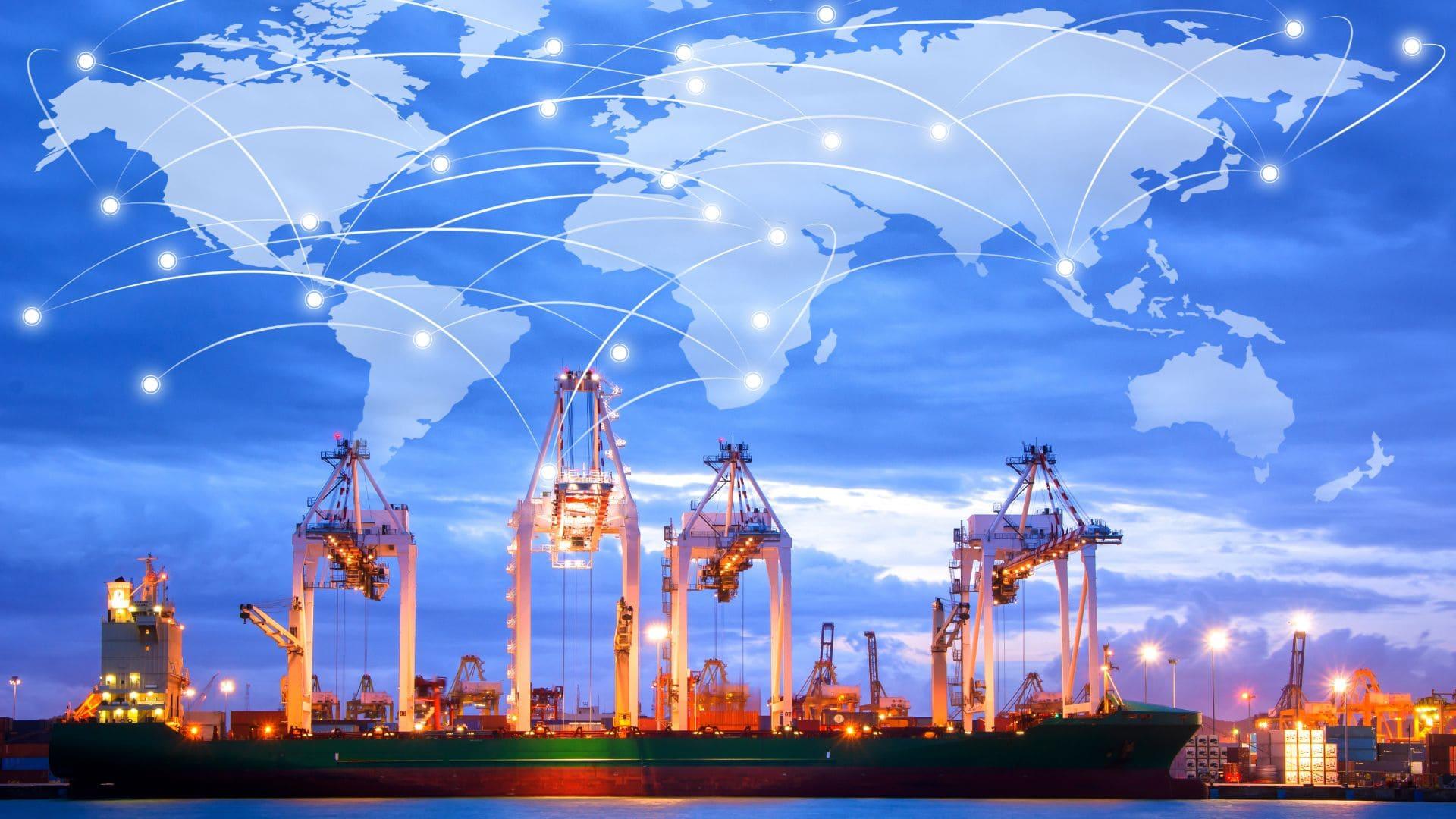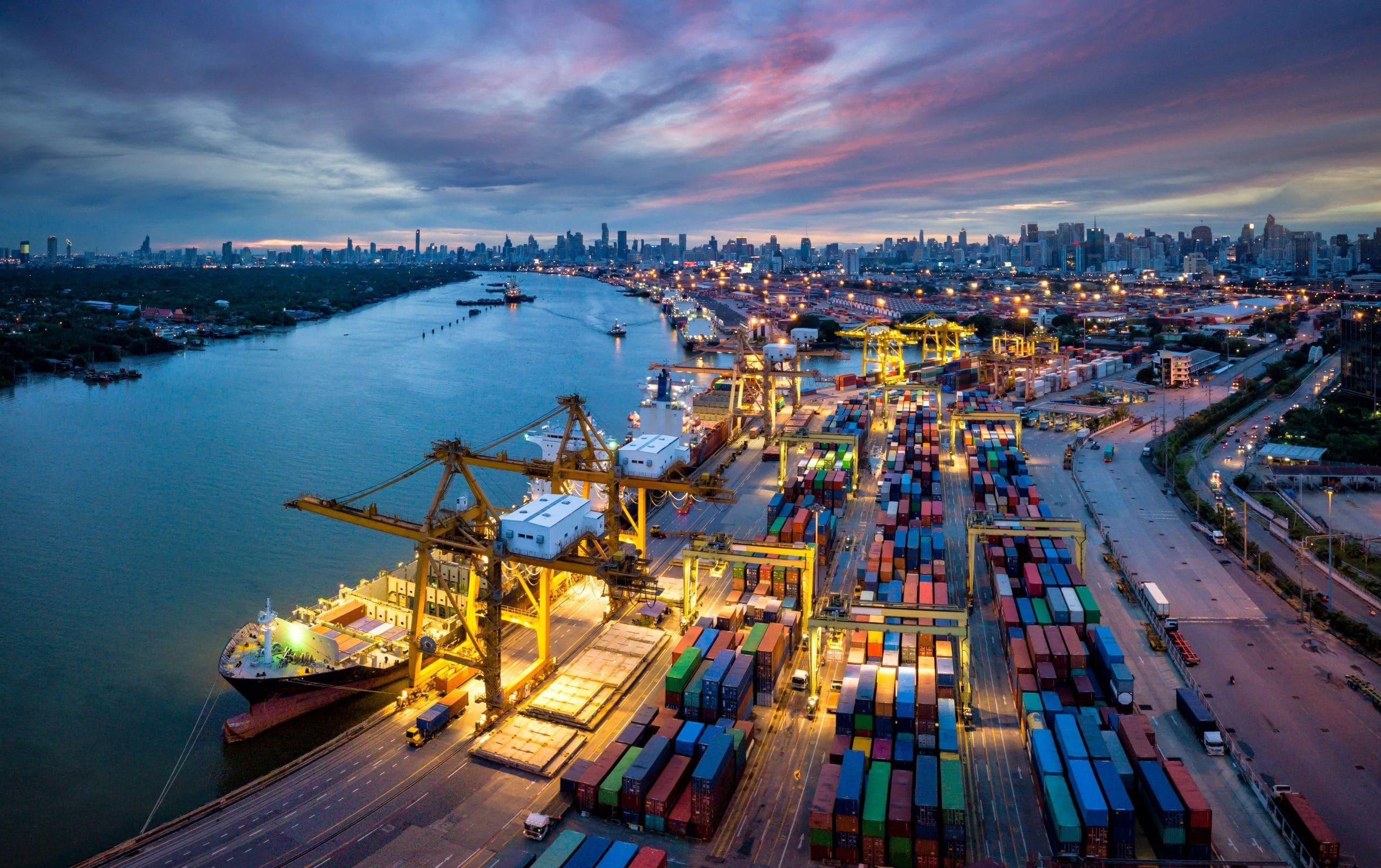Navigating Global Supply Chain Disruptions: Essential Strategies for 2024
Navigating Global Supply Chain Disruptions: Essential Strategies for 2024
The global supply chain landscape in 2024 remains a complex web of interconnected challenges, demanding unprecedented agility from businesses worldwide. Companies are grappling with persistent volatility, where once predictable flows of goods and materials are now subject to sudden and significant disruptions. This new normal impacts everything from raw material sourcing to final product delivery, creating an environment ripe for operational inefficiencies and financial strain. The pressure to maintain seamless operations while navigating these turbulent waters is immense, affecting both large corporations and smaller enterprises alike.
Geopolitical tensions continue to cast a long shadow over international trade routes and manufacturing hubs. Conflicts, trade disputes, and shifting alliances can abruptly close borders, impose new tariffs, or restrict access to critical resources. Such events not only introduce immediate logistical hurdles but also force businesses to reconsider long-term sourcing strategies and market dependencies. The ripple effect extends across multiple tiers of the supply chain, making strategic planning incredibly difficult and increasing the risk of unforeseen bottlenecks.
Climate change and extreme weather events are no longer abstract threats but tangible realities impacting supply chain reliability. Floods, droughts, hurricanes, and wildfires disrupt transportation infrastructure, damage production facilities, and affect agricultural yields, leading to shortages and price spikes. These natural occurrences often strike with little warning, leaving companies scrambling to reroute shipments, secure alternative suppliers, or manage unexpected inventory losses. The cumulative effect is a significant erosion of supply chain resilience, demanding proactive risk mitigation.
The consequence of these multifaceted disruptions is a pervasive sense of uncertainty and escalating operational costs. Businesses face increased freight expenses, longer lead times, and the need for higher safety stock levels, all of which eat into profit margins. Furthermore, the inability to consistently meet customer demands due to delays or product unavailability can severely damage brand reputation and erode customer loyalty. Companies are under immense pressure to find innovative ways to maintain efficiency and customer satisfaction amidst this chaotic backdrop.
This environment necessitates a fundamental shift in how organizations approach supply chain management. The traditional linear model is no longer sufficient; instead, a dynamic, adaptive, and resilient framework is crucial for survival and growth. Businesses must move beyond reactive problem-solving to proactive strategy development, leveraging data and technology to anticipate disruptions and build robust contingency plans. The ability to pivot quickly and effectively will be a defining characteristic of successful enterprises in the coming years.
Possible Causes of Supply Chain Volatility
-
Geopolitical Instability and Trade Policies: Ongoing conflicts, evolving trade agreements, and protectionist policies create unpredictable barriers. For instance, new tariffs or sanctions can overnight render existing sourcing strategies unviable, forcing costly and time-consuming reconfigurations of supply networks. This constant flux impacts material flow and market access.
-
Climate Change and Extreme Weather Events: The increasing frequency and intensity of natural disasters directly impact logistics and production. Floods can halt transportation, droughts affect agricultural commodities, and storms damage infrastructure. These events cause widespread delays, destroy inventory, and significantly raise insurance and recovery costs for businesses globally.
-
Technological Interdependencies and Cyber Threats: Modern supply chains rely heavily on interconnected digital systems. A single cyberattack on a logistics provider or a critical infrastructure component can cascade, paralyzing operations across multiple partners. Furthermore, a reliance on specialized technology from a limited number of suppliers creates single points of failure, amplifying disruption risks.
Proactive Strategies for Resilience
To effectively navigate the complex landscape of global supply chain disruptions, businesses must adopt multifaceted, proactive strategies. The emphasis shifts from reactive problem-solving to building inherent resilience and adaptability into every facet of operations. InfiniteVisionGroup believes that a combination of enhanced visibility, diversified sourcing, and digital transformation offers the most robust path forward for 2024 and beyond.
One primary strategy involves significantly enhancing supply chain visibility through advanced data analytics. This means leveraging technologies like IoT sensors, AI, and blockchain to gain real-time, end-to-end insights into product movement, inventory levels, and supplier performance. Predictive analytics can then process this vast data to anticipate potential disruptions—from geopolitical shifts to adverse weather—allowing for proactive mitigation and faster decision-making, minimizing operational lag.
Secondly, companies must prioritize the diversification and regionalization of their sourcing networks. Over-reliance on single suppliers or concentrated geographic regions creates critical vulnerabilities. Implementing dual-sourcing or multi-sourcing strategies for key components spreads risk and ensures continuity even if one supplier faces an unexpected shutdown. This approach builds redundancy into the system, protecting against unforeseen shocks.
Complementing diversification, regionalization, including nearshoring and reshoring, brings production closer to end markets. This reduces transit times, lowers transportation costs, and mitigates risks associated with long international supply lines, such as customs delays or geopolitical tensions. It creates more agile, responsive supply chains that are less susceptible to global shocks, fostering greater stability and control over logistics.
Finally, a robust commitment to digital transformation and automation is indispensable. Embracing robotics in warehousing, automated logistics systems, and AI-driven demand forecasting dramatically improves efficiency and reduces human error. These technologies enable precise inventory management, optimized routing, and rapid adaptation to demand fluctuations, ensuring operational continuity even in volatile conditions.
By integrating these digital solutions, businesses can create a highly responsive and self-optimizing supply chain. Automated systems can manage routine tasks, freeing up human resources for strategic decision-making and crisis management. This investment in smart infrastructure not only boosts resilience but also drives long-term operational excellence and competitive advantage in a constantly evolving global market.
Potential Risks and Recommendations
-
High Initial Investment: Implementing new technologies, diversifying suppliers, and regionalizing production can demand significant upfront capital. This can be a barrier for some companies. Recommendation: Prioritize initiatives with the highest ROI and adopt a phased implementation approach, starting with pilot projects to demonstrate value before scaling.
-
Data Security and Privacy Concerns: Increased data sharing and digital integration expose supply chains to greater cyber risks and privacy breaches. Protecting sensitive information across multiple partners is challenging. Recommendation: Implement stringent cybersecurity protocols, conduct regular audits, and establish clear data governance policies and contractual agreements with all partners.
-
Resistance to Change: Shifting established operational paradigms and integrating new technologies often meets internal resistance from employees and external partners. This can slow adoption and undermine effectiveness. Recommendation: Foster a culture of continuous improvement, provide comprehensive training, and clearly communicate the long-term benefits of these changes to all stakeholders.





Leave Comment